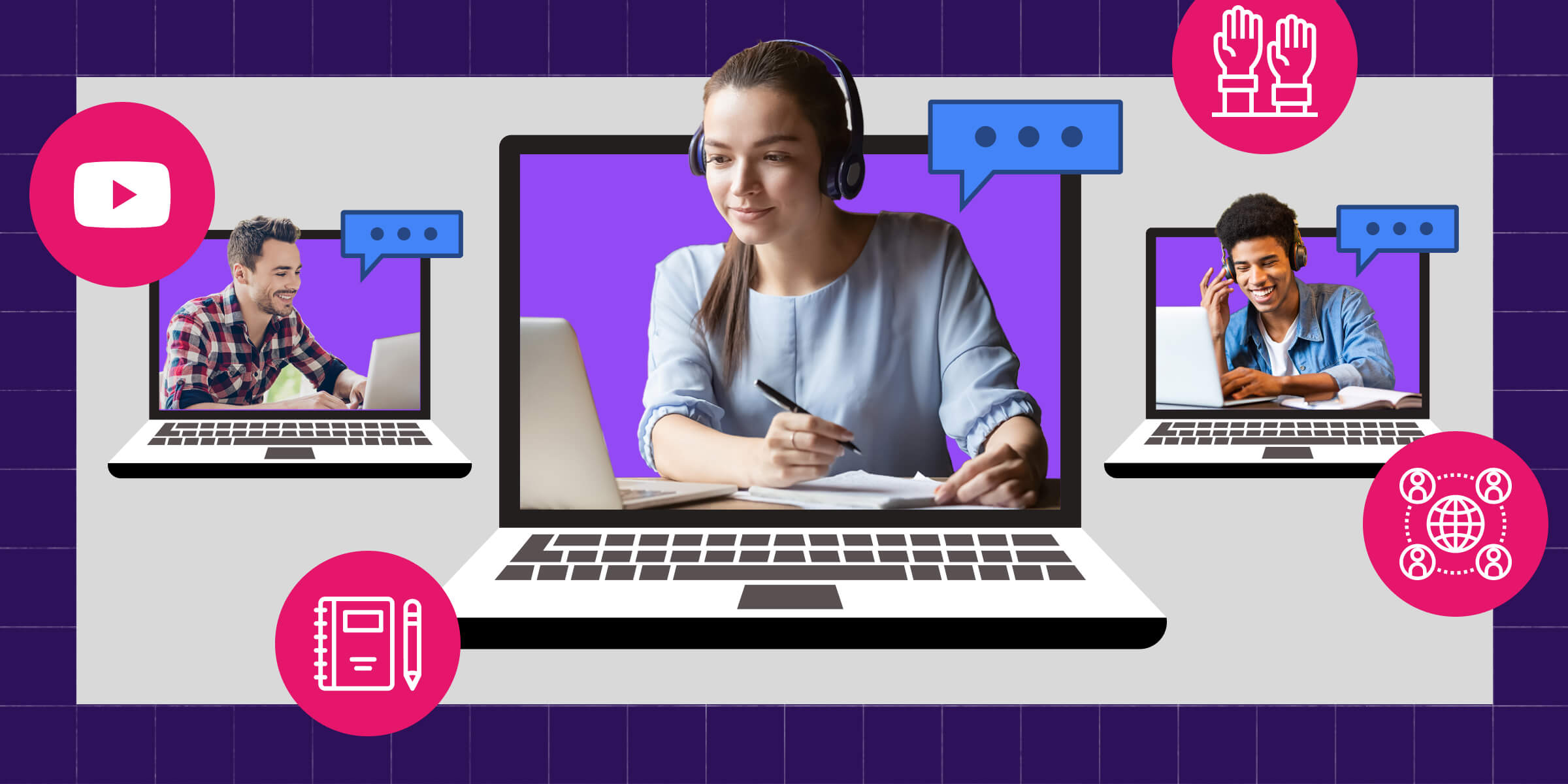The traditional classroom setting has long been the cornerstone of education, where students gather in physical spaces to learn from teachers and interact with peers. However, with the rapid advancement of technology, classrooms are undergoing a transformation that is revolutionizing the way students are taught and engaged. Classroom technology has become an integral part of modern education, empowering teachers and learners alike with new tools, resources, and opportunities for enhanced learning experiences.
The Rise of Classroom Technology
In recent years, the integration of technology into classrooms has gained momentum. This shift is fueled by the realization that technology can enrich the learning process, making it more interactive, personalized, and efficient. From interactive whiteboards to tablets and laptops, the educational landscape is now more digitally connected than ever before. Some of the key classroom technologies that are reshaping education include:
1. Interactive Whiteboards:
Interactive whiteboards have replaced traditional chalkboards, enabling teachers to present dynamic lessons with multimedia content. These boards facilitate real-time interaction, allowing students to actively participate in the learning process.
2. Laptops and Tablets:
Laptops and tablets have become essential learning tools, providing students with instant access to a wealth of educational resources, online libraries, and interactive learning platforms.
3. Educational Software and Apps:
Educational software and apps cater to various subjects and learning styles, allowing students to reinforce their understanding of concepts through interactive exercises and engaging activities.
4. Virtual and Augmented Reality:
Virtual and augmented reality technologies offer immersive learning experiences, transporting students to historical events, distant planets, or inside the human body, making abstract concepts more tangible and memorable.
5. Online Collaboration Tools:
Classroom technology has broken down geographical barriers, allowing students to collaborate on projects with peers from different regions, fostering global connections and cultural awareness.
Advantages of Classroom Technology
The integration of technology into classrooms brings forth a plethora of advantages that positively impact both educators and students:
1. Enhanced Engagement:
Interactive and visually stimulating lessons capture students’ attention, making learning more enjoyable and increasing information retention.
2. Personalized Learning:
Technology allows educators to tailor lessons based on individual student needs, learning styles, and progress, fostering personalized learning pathways.
3. Access to Vast Resources:
Classroom technology opens up a world of information and resources on the internet, providing students with an extensive knowledge base at their fingertips.
4. Immediate Feedback:
Online assessments and quizzes provide instant feedback, enabling students to identify areas of improvement and adjust their learning strategies accordingly.
5. Real-World Preparedness:
As technology is an integral part of modern society, integrating it into education prepares students for the digital world and the workforce of the future.
Overcoming Challenges and Concerns
While classroom technology offers remarkable benefits, its implementation is not without challenges and concerns:
1. Digital Divide:
Not all students have equal access to technology and the internet, leading to a digital divide that may exacerbate educational inequalities.
2. Distraction and Over-reliance:
Excessive use of technology in the classroom may lead to distractions and reduce students’ ability to focus on their studies. Additionally, over-reliance on technology may diminish critical thinking and problem-solving skills.
3. Privacy and Security:
With the increased use of online platforms and data collection, ensuring student privacy and cybersecurity becomes crucial.
4. Teacher Training:
Educators need proper training and support to effectively integrate technology into their teaching methods and utilize it to its full potential.
Striking the Right Balance
To make the most of classroom technology, educators and policymakers must strike a balance between its benefits and potential drawbacks. Here are some strategies to achieve this balance:
1. Equitable Access:
Efforts should be made to provide equal access to technology and the internet for all students, ensuring that the digital divide does not hinder learning opportunities.
2. Purposeful Integration:
Technology should be integrated thoughtfully, complementing traditional teaching methods rather than replacing them entirely. The focus should remain on the learning objectives and outcomes.
3. Teacher Professional Development:
Continuous training and support for teachers are essential to equip them with the skills and confidence to leverage technology effectively in the classroom.
4. Data Protection and Privacy:
Robust policies and safeguards should be in place to protect student data and ensure their privacy and security in the digital learning environment.
Conclusion
Classroom technology is a powerful tool that has the potential to transform education, making it more engaging, personalized, and accessible. As we embrace the opportunities that technology presents, it is essential to address challenges and concerns proactively, ensuring that all students benefit from this digital revolution. By striking the right balance between traditional teaching methods and innovative technologies, we can create a vibrant learning environment that prepares students for the complexities of the digital age and empowers them to thrive in an ever-evolving world.





